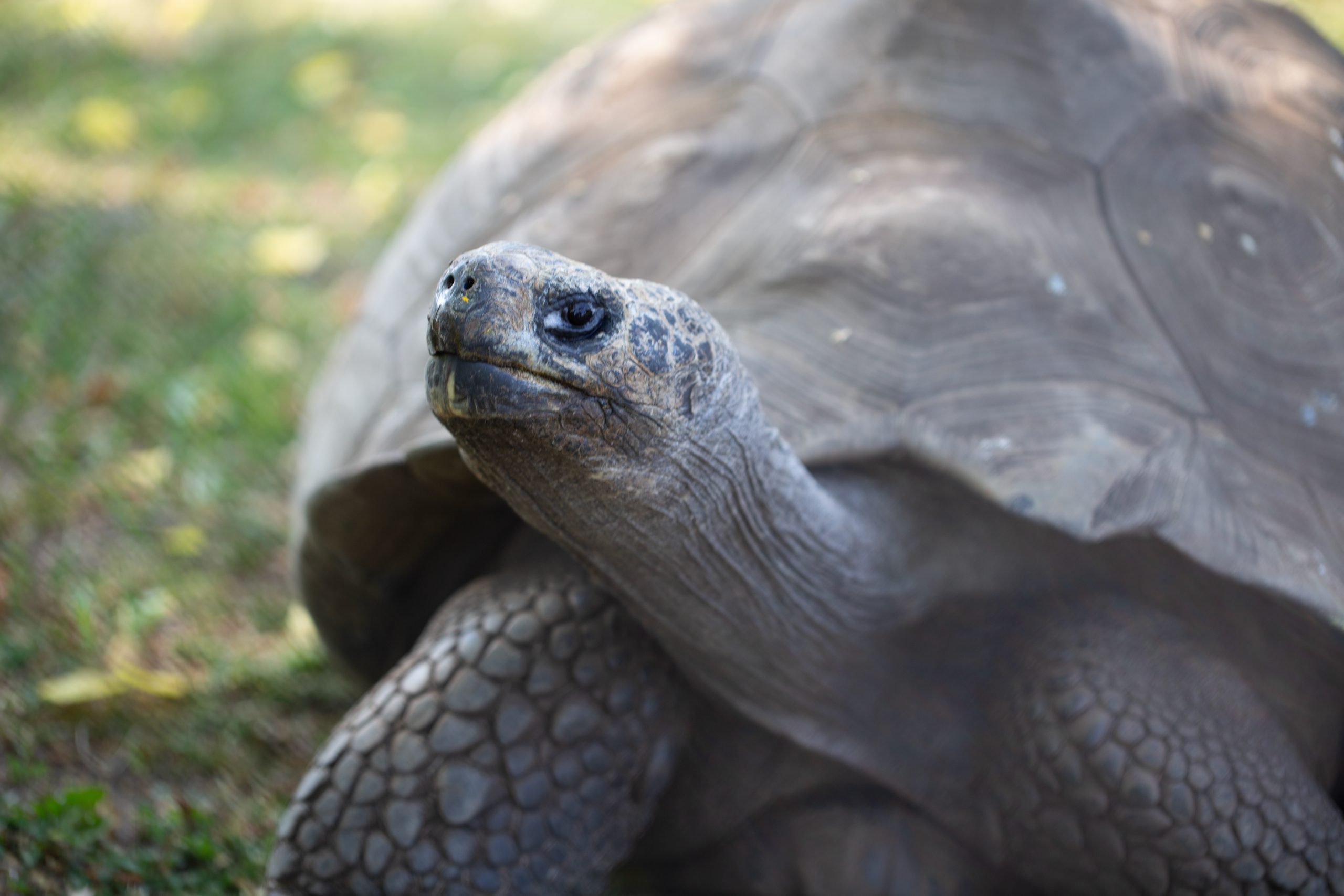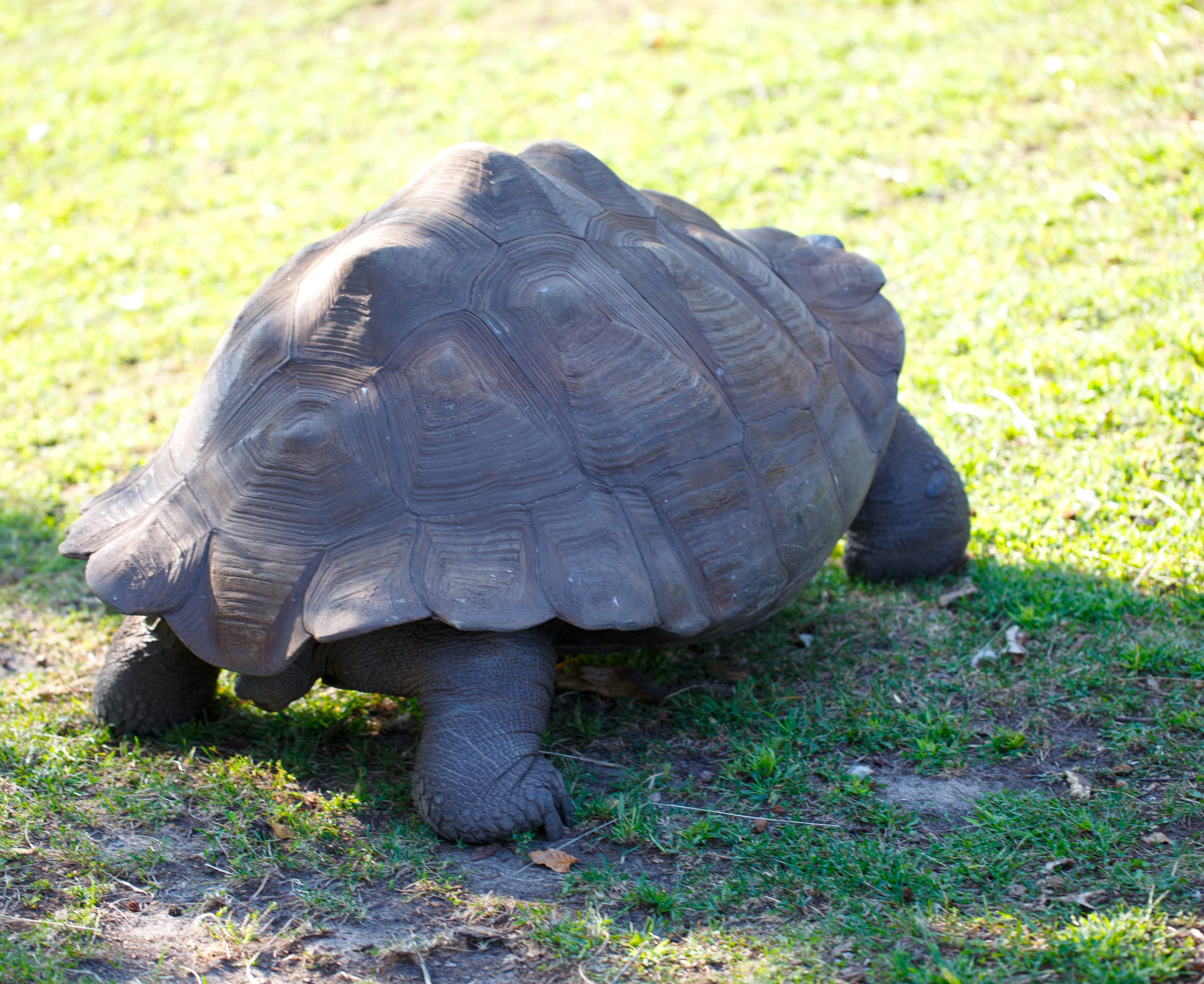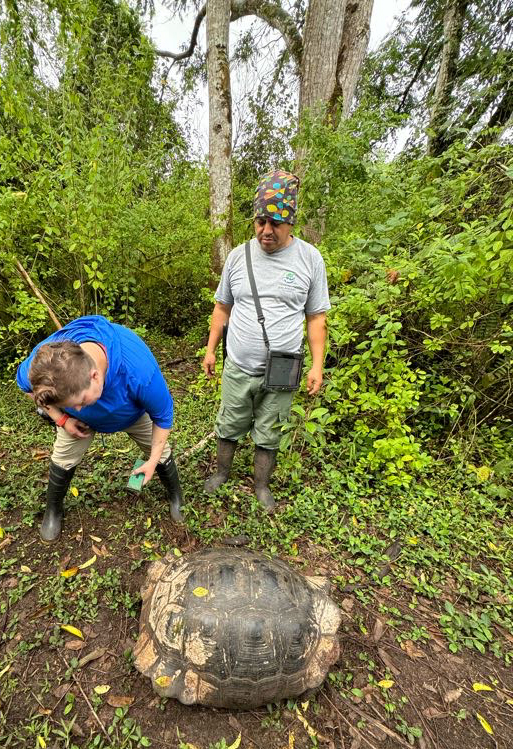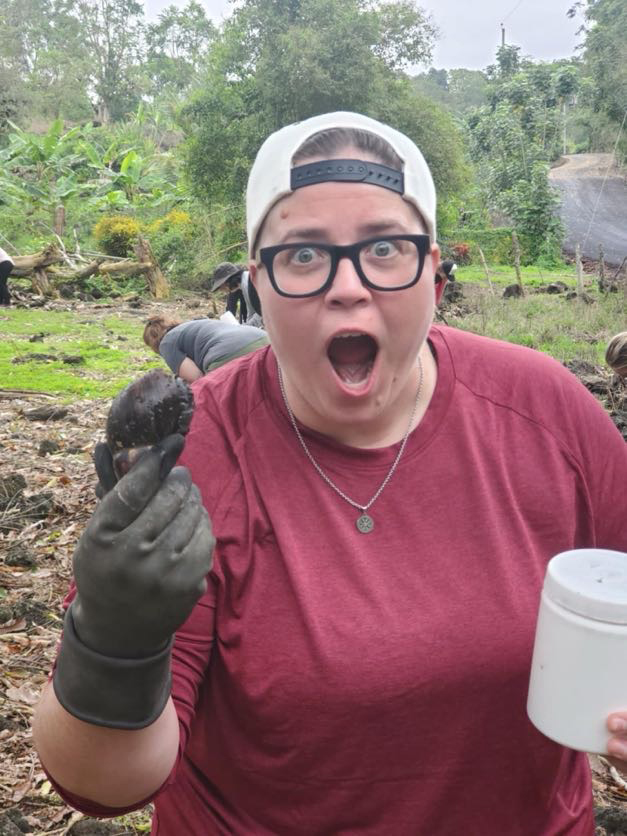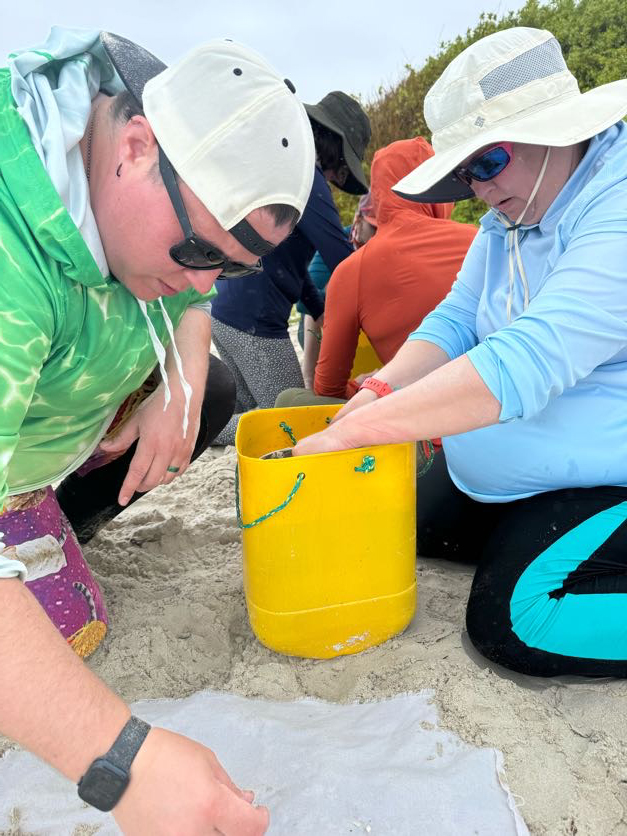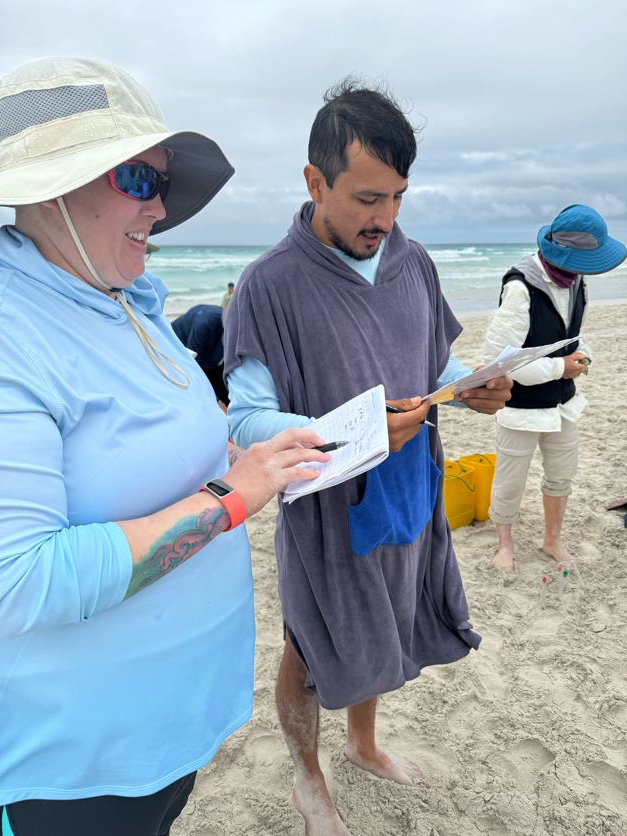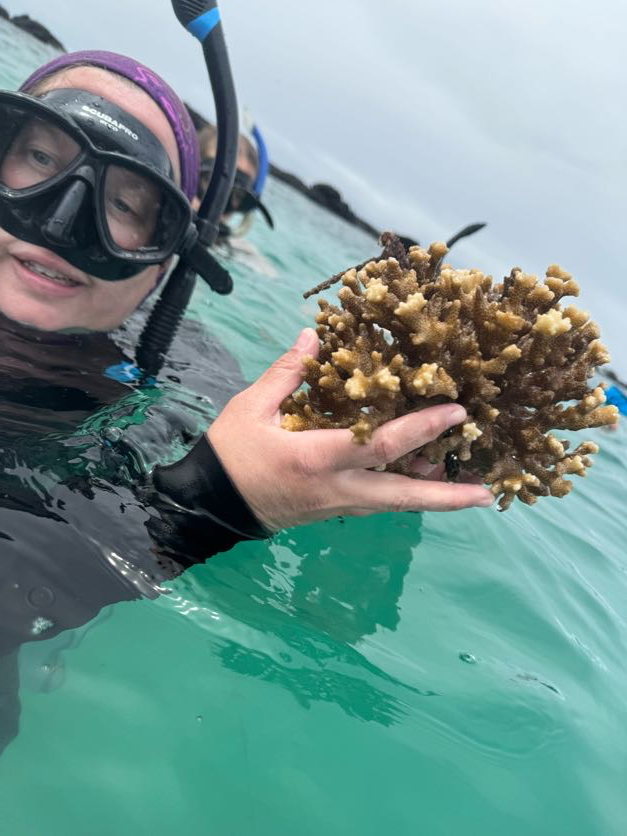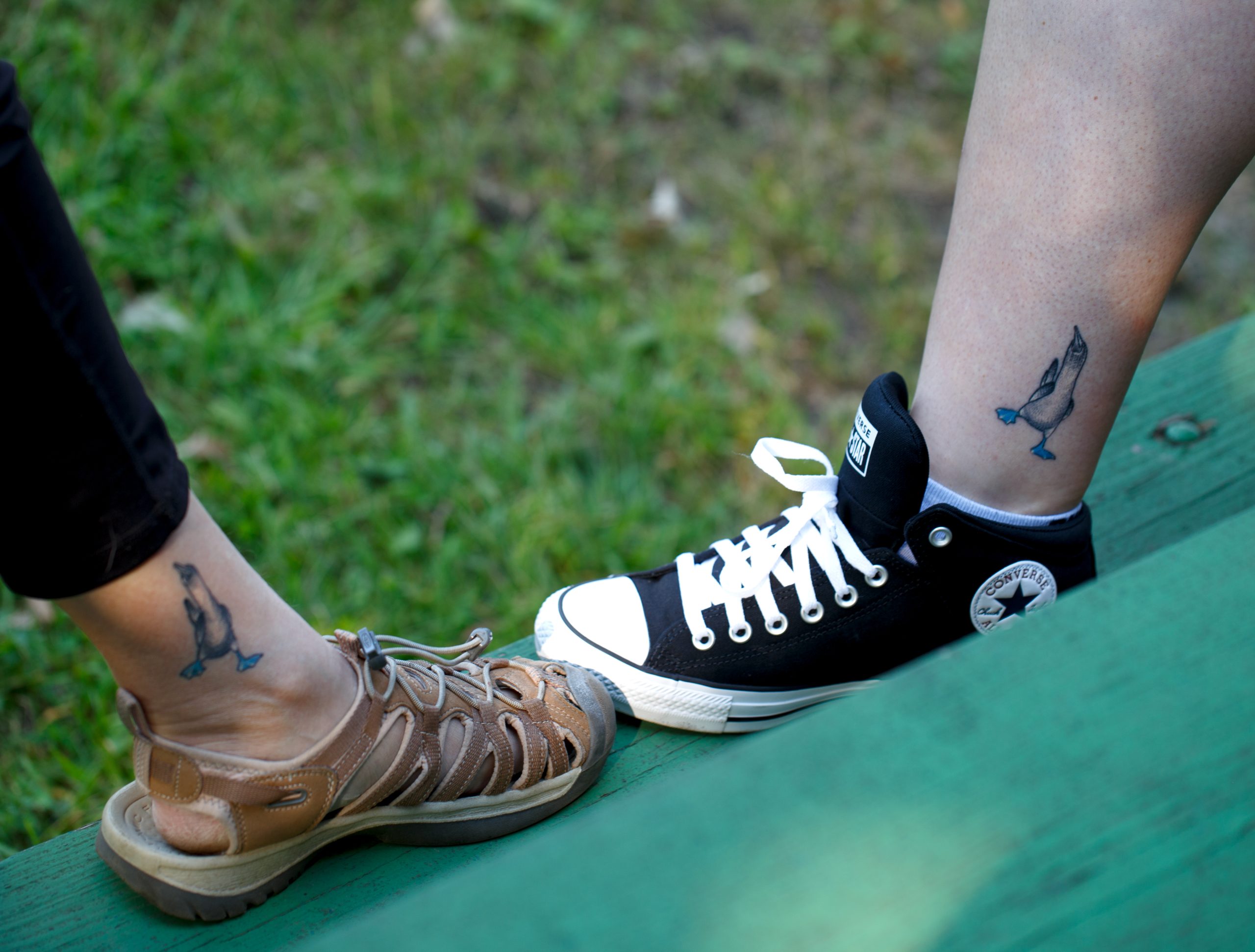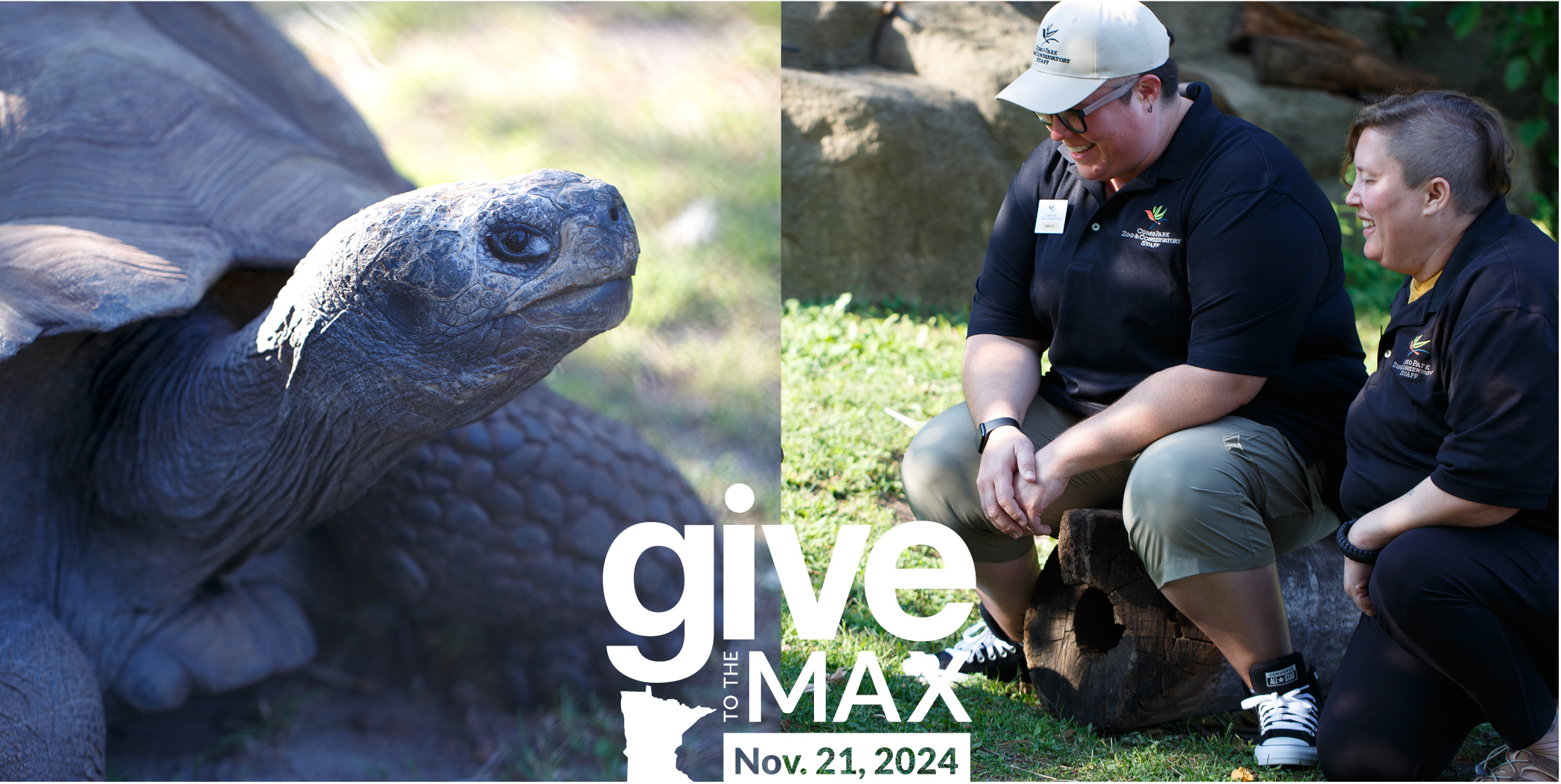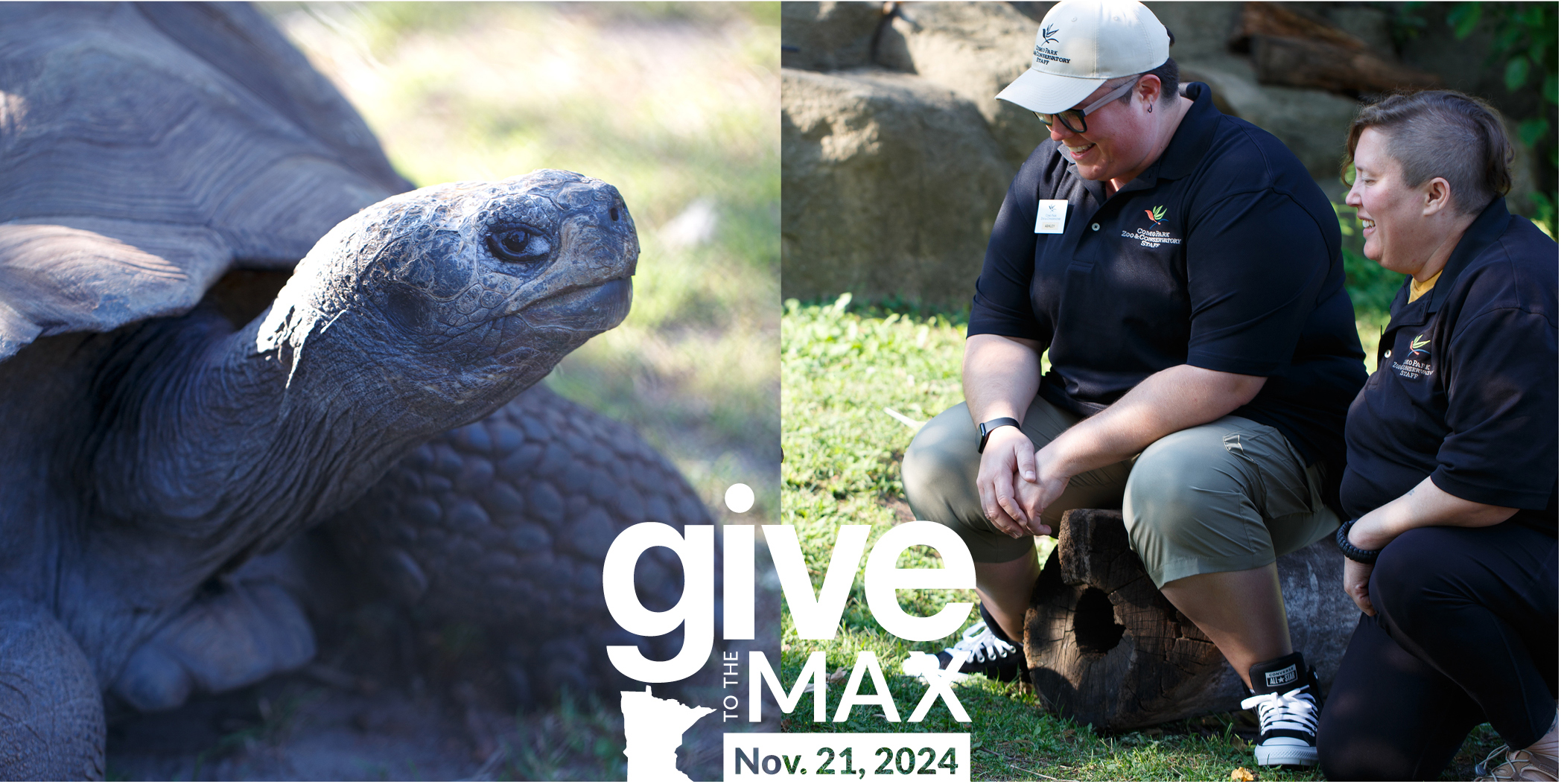Two Como educators traveled to the Galapagos Islands to bring home new lessons for Como’s conservation curriculum
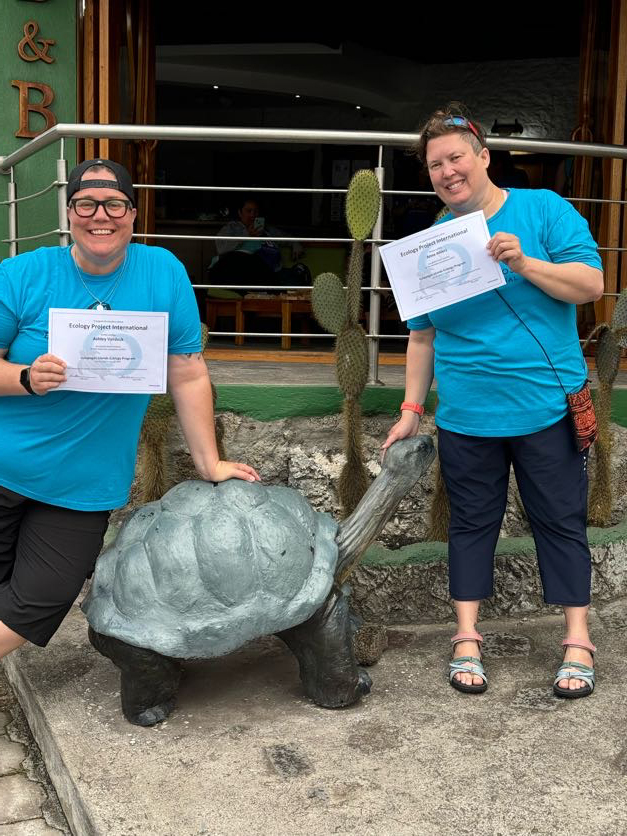
Since 2017, Como Friends’ Conservation Champions program has helped dozens of Como staff members pursue professional passion projects, from tracking snow leopards in Kyrgyzstan, to finding cool ways to cut down on single-use plastics on Como’s campus, to rehabilitating injured penguins on the coast of South Africa.
While the Conservation Champions program is open to applications from everyone on Como’s campus, it wasn’t until Anne Ahiers and Ashley Verdeck got a nudge from the Education & Conservation Curator, Bekah Hanes, that the pair of education specialists decided it was time to make a pitch of their own. Their plan? To join a special program dedicated to educators and ecology in the Galapagos Islands, and to take over Como’s social media accounts with real-time posts about what they were learning on the way.
Their adventure started last July, when the pair joined Ecology Project International and met with their group in Quito, Ecuador. Their cohort of fellow educators came from as far away as Australia and Kazakhstan, and quickly bonded over their common love of tortoises, which they encountered on their first day, roaming through the highlands. “Just to see tortoises out in the greenery, in their natural ecosystem was amazing to us,” says Verdeck. “We were all acting like little kids, we were so excited.”
The group got the chance to collect biometric data on the 13 different tortoise species that occupy the Galapagos Islands, including one nearly 100-year-old animal that had never been studied before. As the group toured the volcanic archipelago, they could also see how each species has adapted to its own microhabitat.
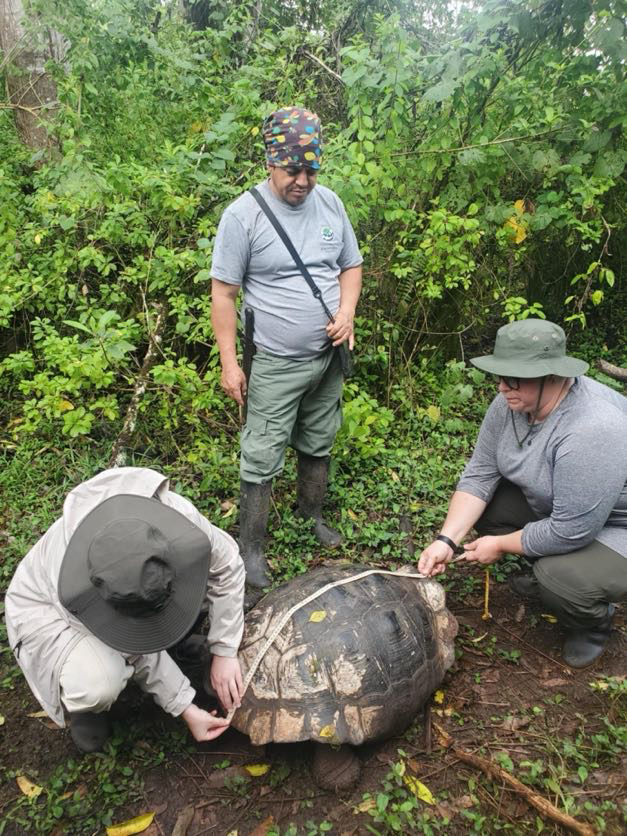
“You’ll have tortoises that look very different from one island to another island,” Ahiers explains. “Tortoises that live where it’s very green and rainy look a lot like Como Zoo’s Irwin, who eats plants and grasses on the ground. But tortoises that live in scrubland have a different shape and size, including an aperture that’s a lot wider, so they can reach their heads up and eat cacti.”
Verdeck and Ahiers got a chance to visit a tortoise breeding center, where they visited the memorial for Lonesome George, the last ever Pinta Island tortoise in the world, who has become a conservation icon for the Galapagos. The team also took part in highland restoration, helping with a conservation project working to manage invasive African snails, and studying their effect on the ecosystem.
Another day, they hiked to the famed Tortuga Bay, performing a survey on the prevalence of microplastics. “We were walking on a pristine beach, with no trash anywhere, but when you start sifting through it, you find these microplastics that are the size of a needle tip,” says Verdeck. “You start to realize how hard it is to get away from this problem.”
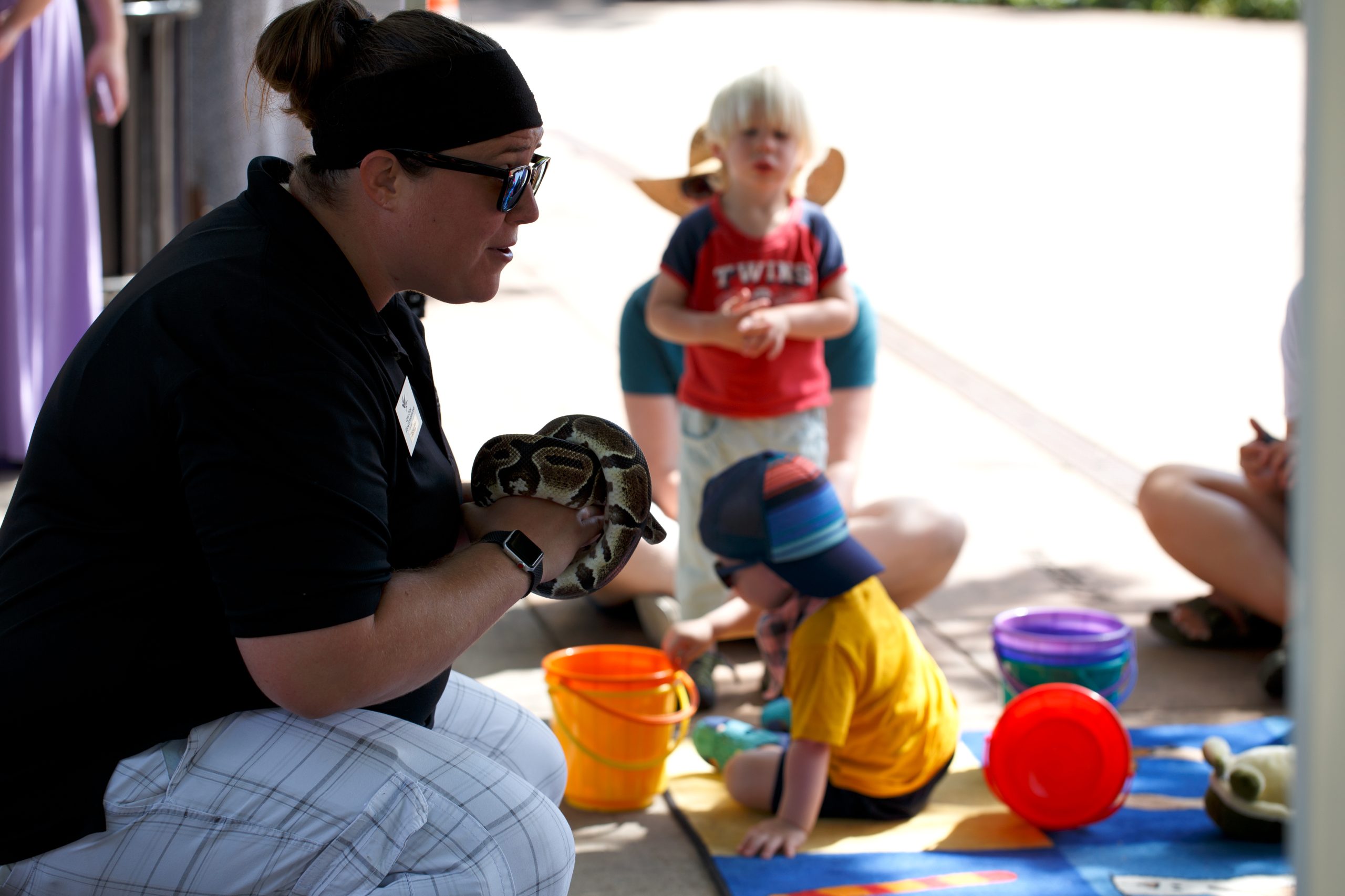
While moments like this were eye-opening for Ahiers and Verdeck, the pair say it was also inspiring, helping them to create a new Little Explorers curriculum that mimics some of the activities and lessons they learned during their trip. “You want to start kids young, and get them caring about conservation early in life—the earlier the better,” says Verdeck. “If you can teach them not to throw wrappers on the ground, and to put them in the garbage right away, that’s a good place to start.”
As the team posted updates about their travels, they also made strong connections with other educators in their group that have continued even since they returned to Como. “We were the only non-formal educators on the team, and sometimes it can be hard to translate why zoos are here, and what our role is,” says Ahiers. “But we have an important contribution to make, because we’re here to teach people about conservation, about what we can do to keep species safe and thriving, and to protect ecosystems. Conservation Champions really helped us to make those connections.”

Como Brings Conservation to Life
From the first breaths taken by Como Zoo’s new tiger cubs, to the Conservation Champions trip to the Gálapagos for educators Anne and Ashley, Como Park Zoo and Conservatory is on a mission to bring the value of conservation to life in every season.
On Give to the Max Day, your generosity helps bring conservation to the forefront every day at Minnesota’s most visited cultural destination. From crucial breeding programs to preserve our planet’s most endangered animals, to sustainable habitats that tell deeper stories about the Earth’s diversity, your support helps Como Park Zoo and Conservatory welcome the next generation to discover the wonders of nature through unforgettable face-to-face encounters, fantastic education programs, and always-free admission.
And thanks to a matching gift from the Como Friends Board of Directors and a generous donor, your gift will be doubled, dollar for dollar, up to $50,000. Thank you! Give to the Max Day
